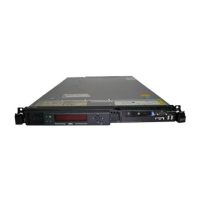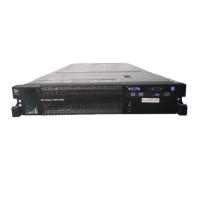Chapter 10. Data protection with RAID Double Parity 163
RAID-DP volume management
From a management and operational perspective, RAID-DP aggregates and traditional
volumes work exactly as their RAID4 counterparts. The same practices and guidelines work
for RAID4 and RAID-DP. Therefore, little to no changes are required for standard operational
procedures that are used by IBM System Storage N series administrators. The commands
that you use for management activities on the storage controller are the same regardless of
the mix of RAID4 and RAID-DP aggregates or traditional volumes. For instance, to add
capacity, run the [aggr | vol] add name X command as you do for a RAID4-based storage.
10.5 Hot spare disks
A hot spare disk is a storage system disk that is not assigned to a RAID group. It does not yet
hold data, but is ready for use. In a disk failure within a RAID group, Data ONTAP
automatically assigns hot spare disks to RAID groups to replace the failed disks.
Hot spare disks do not have to be in the same disk shelf as other disks of a RAID group to be
available to a RAID group, as shown in Figure 10-27.
Figure 10-27 RAID-DP protection
Tip: You need at least one spare disk available per aggregate, but no more than three. In
addition, the available spares need at least one disk for each disk size and disk type that is
installed in your storage system. This configuration allows the storage system to use a disk
of the same size and type as a failed disk when you are reconstructing a failed disk. If a
disk fails and a hot spare disk of the same size is unavailable, the storage system uses a
spare disk of the next available size up.

